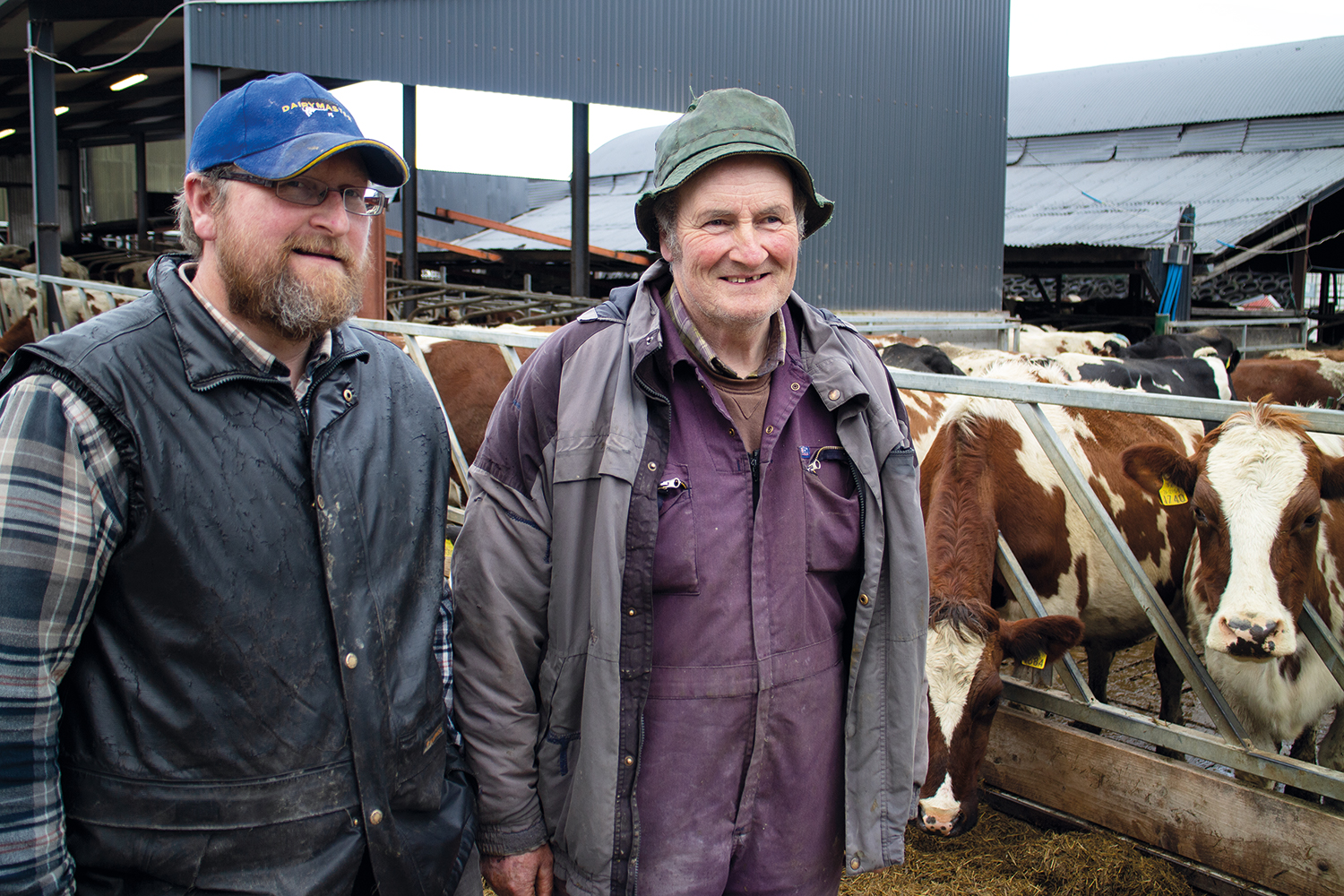Successful use of Actisaf and Safmannan in a zero-grazing system
Colin Murphy, farms together with parents Brian & Mary, near Knockbridge, Dundalk and currently milks 350 cows on their 400-acre farm.Their farming system makes the most of the 150-acre grazing platform and uses zero grazing to allow grass to be fed to the cows for as long as the season allows. The spring-calving herd of Rotbunt (MRI) cows average around 6,000 litres per cow per year and are currently averaging 5% butterfat and 4% protein.
Apart from one employee, the family undertake all the farm work themselves, however, Colin has improved efficiency even further by mechanising the milking routine, moving from a 26-point parlour to a series of five DeLaval robots.
There was a time just few years ago, however, when the business wasn’t in quite such a positive place, as Colin explained: “We were experiencing a combination of health problems in the herd leading to high levels of mastitis, plus problems with cows after calving. We just weren’t in a good place.”
“We asked Gareth Gibson from Phileo Lesaffre Animal Care to
come and take a look at the cows and he recommended adding Actisaf and Safmannan into both the dry cow diet and the dairy feed, to aid rumen function and fibre digestion and support immune status and overall performance. Our feed supplier, Dooleys Agri, included these products in our compound feed and into the dry cow diet.”
At the same time, the family moved from once a day feeding to ad lib feed and concentrated on preparing the rumen for rising intakes at calving.
“The results were apparent in just a few days, and really just turned around the health issues we were dealing with,” Colin explained. “Dung consistency improved, mastitis levels dropped from 1 per day to 1 per week and the cows seemed much more content. We were delighted!”
“We now include Actisaf and Safmannan in feed across the farm from calf feed to dry cow and dairy cows and won’t be taking it out in a hurry,” concludes Colin. “We are happy in the knowledge that it’s in there and the cows are responding well. Problems like these really need to be shared - farmers aren’t great at communicating their issues but often a lot of people are battling the same problems so we need to talk about things more. Discussion groups often focus on growing grass, but there’s at least five months of the year when we need to feed something else and how to do that doesn’t always get discussed!”

